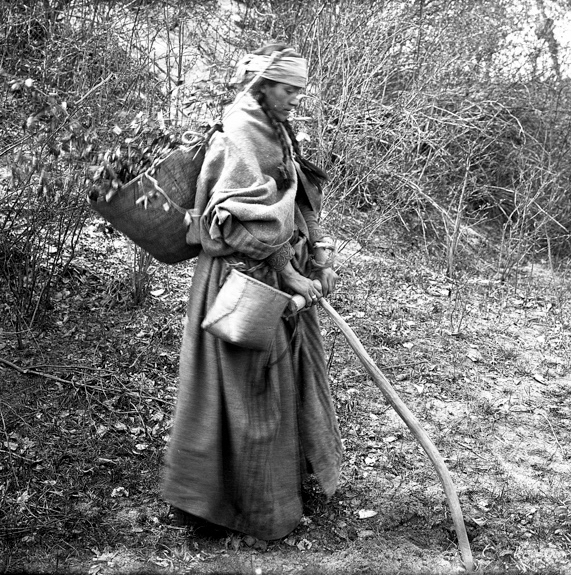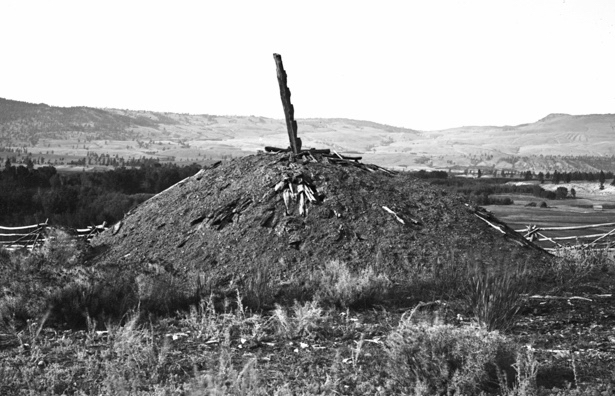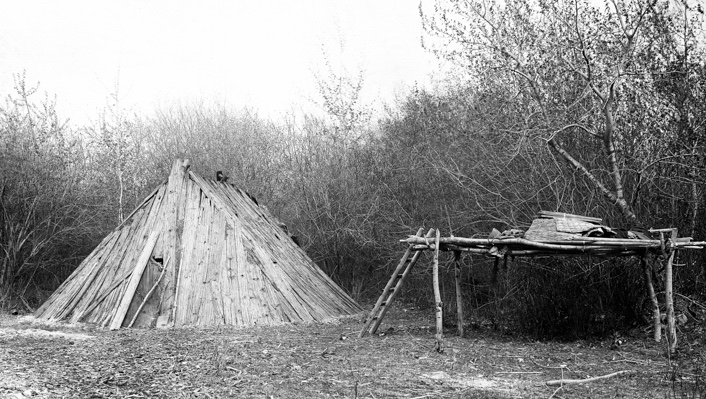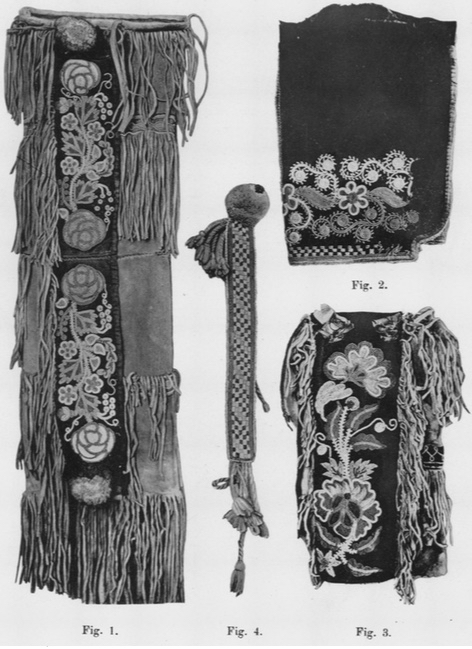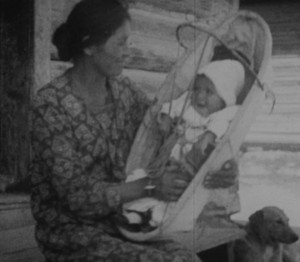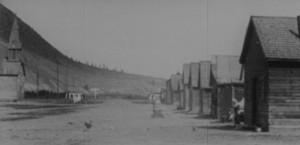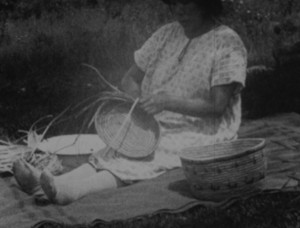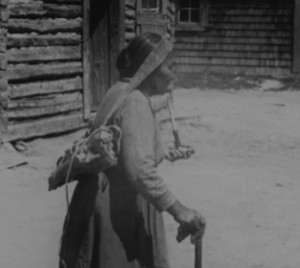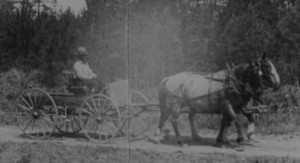photo courtesy of American Museum of Natural History
Five of the Secwepemc photos in my upcoming book, Everything Shuswap, were taken by one of Canada’s earliest archaeologists, Harlan Ingersoll Smith. The images show an old pit house, a woman scraping a hide, a summer dwelling and a woman with a digging stick. These files were purchased from the American Museum of Natural History in New York City, as they are part of the collection from Jessup North Pacific Expedition that the Museum sponsored from 1897 until 1902.
photo courtesy of American Museum of Natural History
Smith was born in Michigan in 1872 where in his youth he collected Indian artifacts of stone and pottery in the Saginaw Valley. After attending university he began his career in archaeology. Although he was primarily self-taught, he gained valuable experience and gained an appreciation for British Columbia when he worked for the Jessup Expedition. After the expedition was completed, he continued to work for the American Museum, gave lectures and published reports of his excavation work.
photo courtesy of American Museum of Natural History
The first person Smith met after arriving in Spences Bridge on June 2, 1897, was James Teit. He spent the next five days collecting artifacts along the Thompson River and taking photos and making plaster head casts of Indigenous people. He also likely took the well known photo of Teit and his Nlak”pamux (Thompson) wife, Lucy Antko. In his first letter to the Museum he wrote, “I have seen a number of Indians and last eve found a village, which I had not been told of and had a pleasant time looking at canoes and talking to natives…”
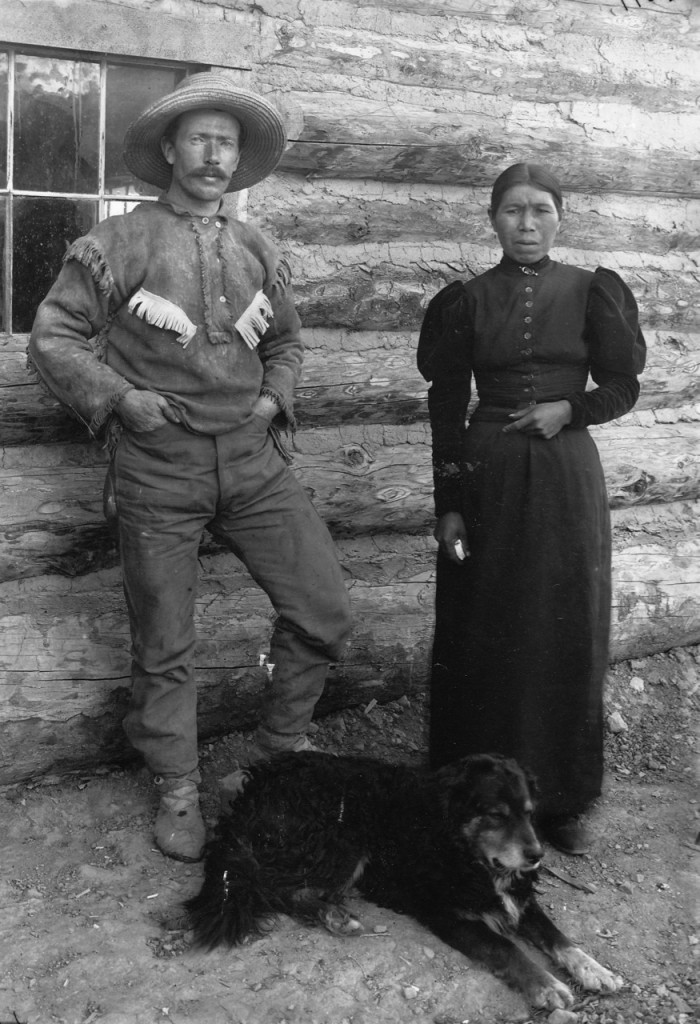
James Teit and his first wife, Lucy Antko, photo courtesy of American Museum of Natural History
In Kamloops, Smith ran into opposition when he began to unearth human remains, as the Indians wanted the bones to remain buried. He then enlisted help from Father Le Jeune who was able to explain the purpose of his research to the Secwepemc people in their own language, and thus he was able to get their support. Smith also showed the people photos of Museum exhibits so that they would understand why he collected bones. Despite their approval, many were left feeling unsettled, as they believed their spiritual relationships with the dead were put at risk.
photo courtesy of American Museum of Natural History
Smith spent the rest of his first season travelling along the coast of B.C. and into the interior collecting artifacts, taking more photos and making more casts. During the winter he worked at the Museum organizing his collections and writing reports. As Smith worked under Franz Boaz, he collected skulls in an attempt to prove that the Interior Salish were recent arrivals to the coast. In the end, if Boaz had paid attention to Smith’s findings he would have reconsidered his misguided theory.
Leggings and garter collected by Teit and Smith, from Teit’s The Shuswap
Working with Indigenous people was not always successful for Smith, as some refused to be photographed and often they would not sell their work for the low prices he offered. He was, however, unique for his time, as he tried to ensure that all of the people he photographed were given copies of their portraits. He also wrote extensive captions for these photos that included detailed information on the subjects, the locations and even the camera angle.
In 1911, Smith moved to Ottawa to become the Dominion Archaeologist for the National Museum of Canada, a post he retained until his retirement in 1937. One of his projects there was organizing winter lectures for school children, a program that continues today. He was also a pioneer in ethnographic filmmaking and produced some of Canada’s first documentaries.
Screenshot from Smith’s film, The Shuswap Indians, courtesy of American Museum of Natural History
In 1928, Smith returned to Kamloops to film Secwepemc people in their village, wildlife and the surrounding region including the river, the mountains and the lake. His 9-minute long, black and white silent film The Shuswap Indians was made to show children at the Museum. There are scenes of scraping hides, making baskets, dug-out canoe paddling, preparing a steam bath and dancing in traditional dress. Despite its simplistic style, the film is nonetheless a classic and deserves to be seen by a wider audience. Consequently, I have requested that the film be made available on the Museum’s YouTube channel.
Screenshot from Smith’s film, The Shuswap Indians, courtesy of American Museum of Natural History
Smith made many valuable contributions to the fields of archaeology and ethnology and his reports, photos, notes and collections continue to be studied. He focused on documenting the traditional uses of plants and animals as well as social organizations and cultural traditions. The excavation of sites and the collection of human remains continue to be controversial but now archaeologists must adhere to First Nation policies.
POSTSCRIPT
The archaeologists of the day were obsessed with documenting the shape of skulls using measurements, photography and plaster casts to attempt to prove their theories of migration and settlement by the many different tribes of Indigenous peoples. The American Museum has hundreds of photos of the people from many different tribes in North American and Siberia. Despite all this effort, they were not successful in confirming their theories.
Most of the staff at the Canadian Museum of History support the idea of making Smith’s film available on YouTube except one working in the Collections department who thinks the film is discriminatory towards Indigenous people. This impression is likely because of the simple nature of the captions used, because the film was made for children to watch and learn about First Nations.
More screenshots from the film:

